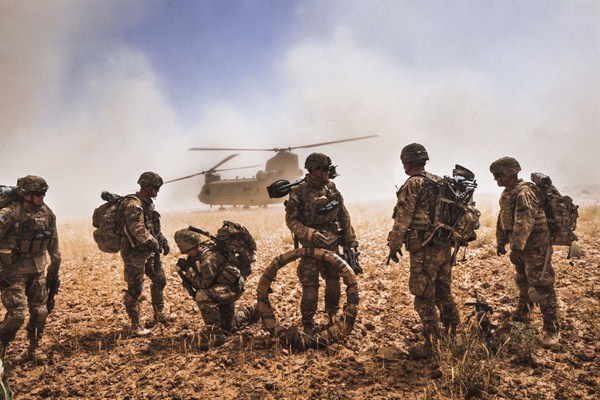Many nations have the luxury of a tightly focused security strategy. They face a single threat or a small number of them. This determines what type of equipment, personnel, concepts and technology, as well as how many troops, they need. But great powers are different. Far-ranging commitments force them to prepare for diverse threats and missions. The stakes are great: Preparing for the wrong type of war can be as dangerous as not preparing at all.
During the Cold War, the bipolar global security system meant that the United States also had the luxury of a focused, if expansive, strategy. Even the Vietnam-era detour into counterinsurgency was temporary, and quickly followed by redoubled attention to the Soviet threat. The Gulf War, coming soon after the demise of the Soviet Union, gave American defense planners a new lodestone. They concluded that if the American military could quickly defeat a “rogue state” fighting with Soviet equipment and tactics, it could handle any other missions that came along. Thus the Pentagon’s primary planning constructs during the 1990s were Desert Storm-style conventional wars.
The 2003 invasion of Iraq showed that a military designed for short wars against conventional enemies was not optimized to defeat terrorists and insurgents. This could have been disastrous, but the American armed forces undertook one of the most amazing adaptations in military history and, with heroic effort, became proficient at counterterrorism and counterinsurgency.

